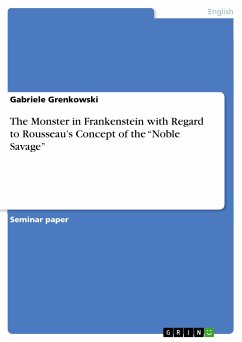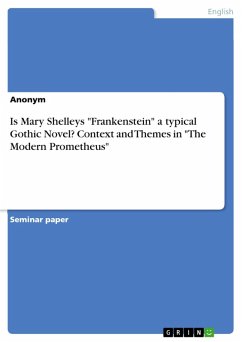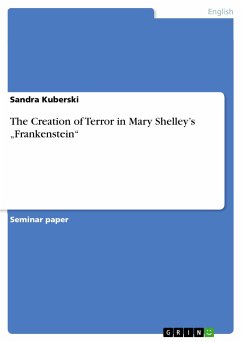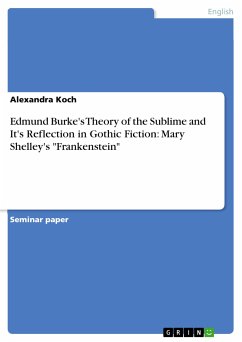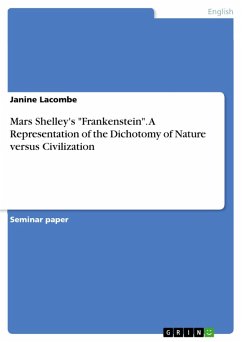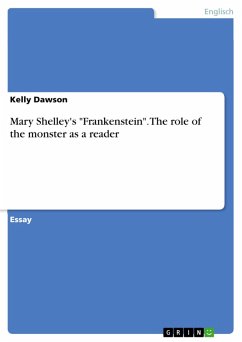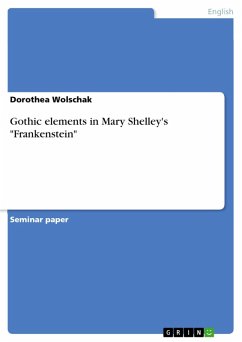Anthology from the year 2024 in the subject English Language and Literature Studies - Literature, , language: English, abstract: This anthology contains six term papers. The first paper deals with Jean-Jacques Rousseau’s concept of the “noble savage“ and the use of this concept by Mary Shelley as a main theme in her famous novel "Frankenstein". In academia, 15 years can see a variety of interpretations of even the most famous scholarly novels. In the second text, witness the best academia has debating the gender and sexual orientation of Dr. Victor Frankenstein, along with his motives and feelings. The third paper shall examine the way in which Mary Shelley creates an atmosphere of terror in her novel. Therefore both the preface of the 1818 version of Frankenstein, written by Percy B. Shelley, as well as the 1831 introduction by Mary Shelley shall be analyzed on the author’s original intention and the idea behind Frankenstein. The transgression of limits is a central theme of the novels by Dostoyevsky and Shelley. The stories examine the world of thought and action of two characters feeling trapped within certain limits and trying to break through them, while in their failures other limitations manifest themselves. That's the topic of the fourth text. Based on the thesis, that the works of James Whale and Richard Brinsely Peake use comic relief in various ways and differ amongst each other, the fifth paper attempts to investigate in which way, respectively to what extent “Presumption” and “The bride of Frankenstein” adapt Shelley’s novel whereby the emphasis will be on the incidence of comic relief and the impact of using such a rhetorical device. The last paper answers questions like: What is Shelley's style of writing? Which elements does the novel Frankenstein consist of, and what makes it differ from other Gothic novels? The paper's aim is to answer these questions and to give information about the question: Is Frankenstein a typical Gothic novel?


